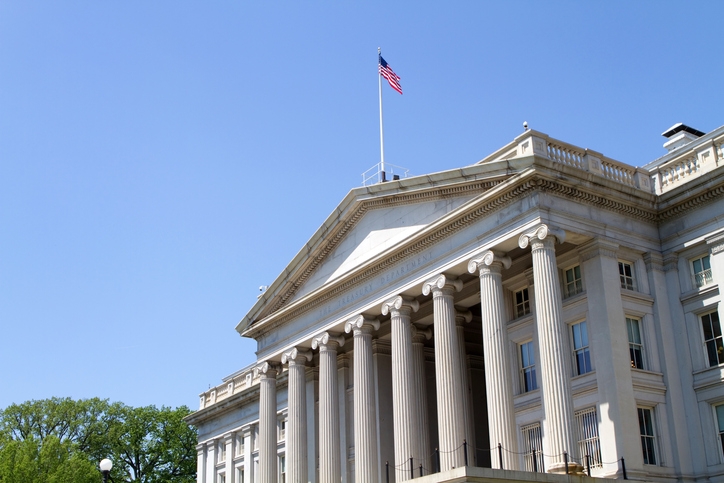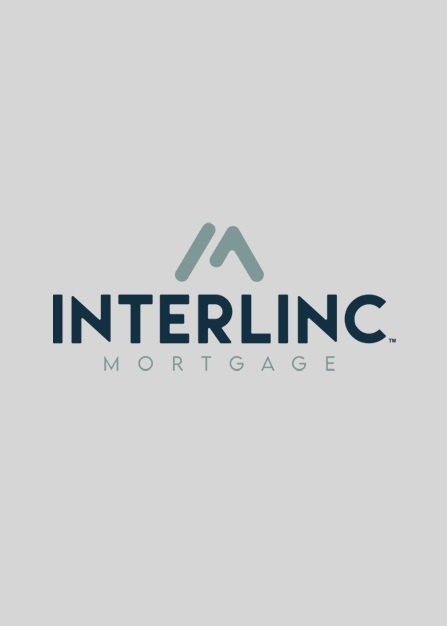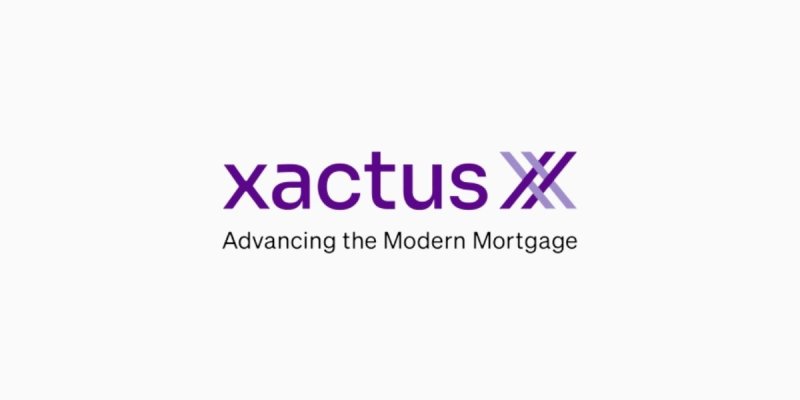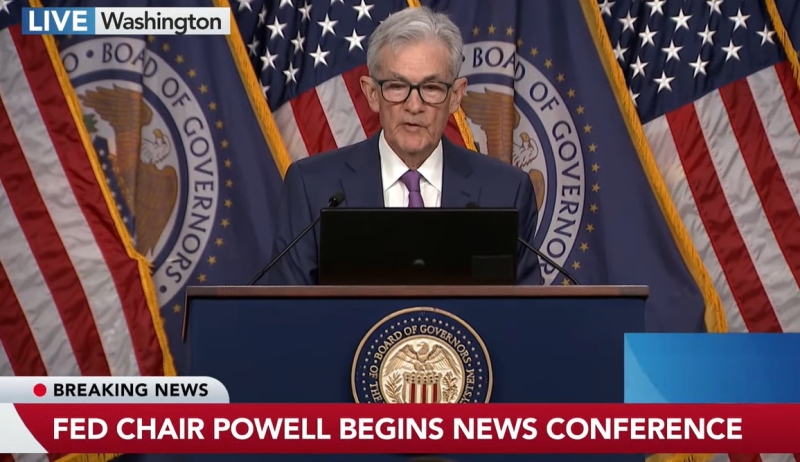
Treasury: HAF Helped 300,000+ Families

Says Homeowner Assistance Fund made roughly $3.7B in payments to more than 318,000 financially distressed homeowners.
- The HAF programs made roughly $3.7 billion in payments to more than 318,000 homeowners at risk of foreclosure.
As of March 31, federal Homeowner Assistance Fund (HAF) programs made roughly $3.7 billion in payments to more than 318,000 homeowners at risk of foreclosure, the U.S. Department of the Treasury said recently.
In the first quarter of 2023 alone, HAF programs distributed $1.2 billion in assistance to households — a 50% increase over the fourth quarter of 2022. In addition, 14 states and two U.S. territories have expended over 50% of their HAF program funds, excluding administrative expenses, the department said.
The data also shows HAF programs are reaching a higher proportion of economically vulnerable and traditionally underserved homeowners than previous federal mortgage assistance efforts, the department said. As of March 2023, 49% of HAF assistance was delivered to very low-income homeowners, defined as homeowners earning less than 50% of the area median income. Demographically, 35% of the assisted homeowners self-identified as Black, 23% self-identified as Hispanic/Latino, and 59% self-identified as female.
“The Homeowner Assistance Fund has helped keep hundreds of thousands of families in their homes,” said Wally Adeyemo, deputy secretary of the Treasury. “As state programs assess their remaining HAF funds, the Treasury Department will continue working with recipients to ensure these funds are swiftly delivered to homeowners most in need.”
In leading HAF’s implementation, the Treasury Department said, it has also helped states and communities find new ways to connect to historically underserved populations, including setting up programs that include culturally and linguistically relevant outreach; adjusting operations to reduce unduly burdensome application requirements; ensuring flexibilities to meet evolving local needs; and streamlining communication with servicers to get mortgage assistance to borrowers with minimal delays.
The efforts have combined with a strong push for jurisdictions to invest in housing stability services that provide “wrap-around” support to keep families in their homes, it said. The Treasury Department said it continues to work with HAF programs to adjust their plans and operations to best serve homeowners in their states.
Examples of states that have demonstrated particular success in deploying HAF resources to prevent foreclosures, reach particularly vulnerable communities, and keep families in their homes include:
- Puerto Rico: Internal reporting shows that, to date, the HAF program has disbursed 100% of its allocation. Puerto Rico’s HAF program estimates it assisted 8,983 homeowners overall, including 1,014 homeowners who were previously on a waiting list.
- Louisiana: As of March 2023, the state reported that 85% of the homeowners assisted were socially disadvantaged and 96% had incomes below the area median income. To date, the state has obligated nearly all of its funds.
- The Indiana Housing and Community Development Authority (IHCDA): IHCDA realized that income verification created a bottleneck for processing applications. By collaborating with Indiana’s Emergency Rental Assistance (ERA) program — another Treasury-led program — the state’s HAF program learned about the benefits of using an applicant’s proof of receiving federal benefits as a proxy to verify the applicant’s income. This helped streamline the applicant eligibility screening process for staff and reduce the documentation burden for applicants.
- New York: Employed a multi-pronged approach to reach more underserved populations. First, the HAF program contracted with community-based organizations to promote outreach to key populations, including outreach to non-English speakers. Additionally, the state conducted virtual town halls with elected officials to build awareness and worked with culturally competent housing counseling agencies to provide access to homeowners needing additional assistance. Further, to streamline the application process, the state uses a third-party verification process to confirm eligibility, identity, and income based on data from the New York Department of Labor.
HAF is part of the Biden Administration’s efforts to help families across the country remain in their homes, which include a foreclosure moratorium, increased options for mortgage payment forbearance, and enhanced loan modifications to resolve delinquencies.




